Metal finishing is a process that involves treating the surface of a metal to improve its appearance, durability, and corrosion resistance. This process is important in many industries and applications, as it can help to enhance the performance and lifespan of metal products. For example, in the automotive industry, metal finishing can be used to improve the appearance and durability of car parts, such as wheels and engine components. In the medical industry, metal finishing can be used to improve the biocompatibility and corrosion resistance of surgical instruments and implants. In the aerospace industry, metal finishing can be used to improve the strength and corrosion resistance of structural components and fasteners. Overall, metal finishing is essential in many industries and applications, and can help to ensure the reliability and effectiveness of metal products.
Different types of metal finishing
There are many different types of metal finishing, and the specific types used can vary depending on the application and the desired outcome. Some common types of metal finishing include:
- Anodizing – Anodizing is a process that involves electrochemically treating a metal surface to create a protective oxide layer. This process can improve the durability and corrosion resistance of the metal.
- Plating – Plating is a process that involves applying a thin layer of metal to the surface of another metal. This process is commonly used to improve the appearance, corrosion resistance, and electrical conductivity of the metal.
- Polishing – Polishing is a process that involves smoothing and shining the surface of a metal. This process can improve the appearance and corrosion resistance of the metal.
- Passivating – Passivating is a process that involves chemically treating a metal surface to remove impurities and improve its corrosion resistance.
- Heat treating – Heat treating is a process that involves heating and cooling a metal to improve its mechanical properties, such as its strength, hardness, and ductility.
- Coating – Coating is a process that involves applying a protective layer to the surface of a metal. This process can improve the durability and corrosion resistance of the metal.
- Electroless plating – Electroless plating is a process that involves applying a layer of metal to the surface of another metal without the use of electricity. This process is commonly used to improve the corrosion resistance and electrical conductivity of the metal.
- Blasting – Blasting is a process that involves propelling abrasive particles at a metal surface to remove contaminants and improve its appearance. This process can also be used to prepare a metal surface for coating or plating.
Anodizing
Anodizing is a process that involves electrochemically treating the surface of a metal to create a protective oxide layer. This process is typically used on metals such as aluminum and titanium, and involves immersing the metal in an electrolytic solution and applying an electrical current. This current causes the metal to oxidize and form a thin, protective layer on its surface. The thickness and properties of the oxide layer can be controlled by adjusting the electrical current and the composition of the electrolytic solution.
Anodizing has several benefits, including the creation of a protective oxide layer that can improve the durability and corrosion resistance of the metal. The oxide layer acts as a barrier to prevent the penetration of moisture and other contaminants, and can also provide protection against UV light and other environmental factors. Anodizing can also improve the appearance of the metal, as the oxide layer can be dyed in a variety of colors to create a decorative finish. Overall, anodizing is an effective way to improve the performance and lifespan of metal products.
It is a versatile and widely used process that has many applications in various industries. Some common applications of anodizing include:
- Aluminum windows and doors – Anodizing can be used to improve the durability and corrosion resistance of aluminum windows and doors, and can also provide a decorative finish.
- Aluminum siding and roofing – Anodizing can be used to improve the durability and corrosion resistance of aluminum siding and roofing, and can also provide a decorative finish.
- Aluminum automotive parts – Anodizing can be used to improve the durability and corrosion resistance of aluminum automotive parts, such as wheels, engine components, and suspension systems.
- Aluminum furniture and fixtures – Anodizing can be used to improve the durability and corrosion resistance of aluminum furniture and fixtures, and can also provide a decorative finish.
- Titanium medical implants and instruments – Anodizing can be used to improve the biocompatibility and corrosion resistance of titanium medical implants and instruments, such as screws, pins, and plates.
- Titanium aerospace components – Anodizing can be used to improve the durability and corrosion resistance of titanium aerospace components, such as fasteners, hinges, and structural elements.
- Aluminum and titanium electronics – Anodizing can be used to improve the durability and corrosion resistance of aluminum and titanium electronics, such as cases and connectors.
Overall, anodizing is a widely used process that has many applications in various industries, including construction, automotive, aerospace, and medical.
Plating
Plating is a process that involves applying a thin layer of metal to the surface of another metal. This process is commonly used to improve the appearance, corrosion resistance, and electrical conductivity of the metal. Plating involves immersing the metal in an electrolytic solution and applying an electrical current. This current causes the plating metal to deposit onto the surface of the metal, forming a thin, uniform layer. The thickness and properties of the plated layer can be controlled by adjusting the electrical current and the composition of the electrolytic solution.
Plating has several benefits, including the improvement of appearance, corrosion resistance, and electrical conductivity. The plated layer can be polished to create a shiny finish, and can also be dyed in a variety of colors to provide a decorative finish. The plated layer can also provide protection against corrosion by acting as a barrier to prevent the penetration of moisture and other contaminants. In addition, the plated layer can improve the electrical conductivity of the metal by providing a low-resistance path for electrical current. Overall, plating is an effective way to improve the performance and appearance of metal products.
Plating is commonly used in a variety of applications, including jewelry and automotive parts. Some common applications of plating include:
- Jewelry – Plating is often used in the production of jewelry to improve the appearance and durability of the metal. Gold, silver, and other precious metals are commonly used for plating, and can provide a shiny and decorative finish.
- Automotive parts – Plating is commonly used in the automotive industry to improve the appearance and corrosion resistance of car parts. Chrome plating is often used on wheels, bumpers, and other exterior parts to provide a shiny finish, and other metals such as nickel and copper are used for plating engine components and other internal parts.
- Electronics – Plating is often used in the production of electronic devices to improve the conductivity and reliability of the metal. Gold, silver, and other conductive metals are commonly used for plating connectors, contacts, and other components.
- Medical devices – Plating is commonly used in the medical industry to improve the biocompatibility and corrosion resistance of surgical instruments and implants. Titanium and other biocompatible metals are often used for plating, and can provide a durable and sterile finish.
- Aerospace components – Plating is often used in the aerospace industry to improve the durability and corrosion resistance of structural components and fasteners. Nickel, chrome, and other corrosion-resistant metals are commonly used for plating, and can provide a strong and durable finish.
Overall, plating is a widely used process that has many applications in various industries, including jewelry, automotive, electronics, medical, and aerospace.
Polishing
Polishing is a process that involves smoothing and shining the surface of a metal. This process is commonly used to improve the appearance and corrosion resistance of the metal. Polishing involves the use of abrasive particles and lubricants to remove imperfections and create a smooth, shiny finish. The abrasive particles can be applied by hand, using a cloth or pad, or mechanically, using a buffing machine or polishing wheel. The type and grit of the abrasive particles can be selected to achieve the desired level of smoothing and shine, and the lubricants can help to reduce friction and heat during the polishing process.
Polishing has several benefits, including the improvement of appearance and corrosion resistance. The polished finish can provide a shiny and decorative appearance, and can also enhance the natural color and texture of the metal. In addition, polishing can remove surface imperfections and contaminants, which can improve the corrosion resistance of the metal by reducing the number of sites where corrosion can initiate. Overall, polishing is an effective way to improve the appearance and performance of metal products.
Polishing is commonly used on stainless steel and brass products, as these metals have a high affinity for a shiny finish. Some common applications of polishing include:
- Stainless steel appliances – Polishing can be used to improve the appearance and corrosion resistance of stainless steel appliances, such as refrigerators, ovens, and dishwashers.
- Stainless steel kitchen and bathroom fixtures – Polishing can be used to improve the appearance and corrosion resistance of stainless steel kitchen and bathroom fixtures, such as sinks, faucets, and towel bars.
- Stainless steel medical instruments – Polishing can be used to improve the appearance and corrosion resistance of stainless steel medical instruments, such as scalpels, forceps, and needles.
- Brass musical instruments – Polishing can be used to improve the appearance and corrosion resistance of brass musical instruments, such as trumpets, trombones, and saxophones.
- Brass door and cabinet hardware – Polishing can be used to improve the appearance and corrosion resistance of brass door and cabinet hardware, such as handles, hinges, and locks.
Overall, polishing is an effective process that can be used on a variety of stainless steel and brass products to improve their appearance and performance.
Passivating
Passivating involves chemically treating the surface of a metal to remove impurities and improve its corrosion resistance. This process is typically used on metals such as stainless steel and copper, and involves immersing the metal in a chemical solution and allowing it to react with the surface of the metal. The chemical solution contains chemicals that react with the metal to form a protective layer on its surface. The thickness and properties of the protective layer can be controlled by adjusting the concentration and composition of the chemical solution.
Passivating has several benefits, including the improvement of corrosion resistance and the removal of impurities. The protective layer formed during passivating can provide a barrier to prevent the penetration of moisture and other contaminants, and can also provide protection against environmental factors such as UV light and temperature fluctuations. In addition, passivating can remove impurities and other contaminants that can cause corrosion, such as oil and grease, which can improve the overall corrosion resistance of the metal. Overall, passivating is an effective way to improve the performance and lifespan of metal products.
Passivating is commonly used on stainless steel and copper products, as these metals are highly reactive and can benefit from the protective layer created during the passivating process. Some common applications of passivating include:
- Stainless steel kitchen and bathroom fixtures – Passivating can be used to improve the corrosion resistance of stainless steel kitchen and bathroom fixtures, such as sinks, faucets, and towel bars.
- Stainless steel medical instruments – Passivating can be used to improve the corrosion resistance and biocompatibility of stainless steel medical instruments, such as scalpels, forceps, and needles.
- Stainless steel aerospace components – Passivating can be used to improve the corrosion resistance of stainless steel aerospace components, such as fasteners, hinges, and structural elements.
- Copper plumbing – Passivating can be used to improve the corrosion resistance of copper plumbing, such as pipes, fittings, and valves.
- Copper electrical wiring – Passivating can be used to improve the corrosion resistance and conductivity of copper electrical wiring, such as cables and connectors.
Overall, passivating is an effective process that can be used on a variety of stainless steel and copper products to improve their performance and longevity.
Heat treating
Heat treating is a process that involves heating and cooling a metal to improve its mechanical properties, such as its strength, hardness, and ductility. This process is commonly used on metals such as steel and aluminum, and involves heating the metal to a high temperature and then rapidly cooling it. The temperature and cooling rate can be controlled to achieve the desired properties of the metal.
Heat treating has several benefits, including the improvement of mechanical properties such as strength and hardness. The heat-treated metal can have a higher strength and hardness than the untreated metal, which can make it more resistant to deformation and wear. In addition, heat treating can improve the ductility of the metal, which can make it more resistant to cracking and breaking. Overall, heat treating is an effective way to improve the performance and durability of metal products.
Heat treating is commonly used on steel and aluminum products, as these metals have a high capacity for improvement of mechanical properties through heat treatment. Some common applications of heat treating include:
- Steel automotive parts – Heat treating can be used to improve the strength and durability of steel automotive parts, such as gears, shafts, and springs.
- Steel construction components – Heat treating can be used to improve the strength and durability of steel construction components, such as beams, columns, and fasteners.
- Steel tools and equipment – Heat treating can be used to improve the strength and durability of steel tools and equipment, such as hammers, pliers, and saws.
- Aluminum automotive parts – Heat treating can be used to improve the strength and durability of aluminum automotive parts, such as wheels, engine components, and suspension systems.
- Aluminum aerospace components – Heat treating can be used to improve the strength and durability of aluminum aerospace components, such as fasteners, hinges, and structural elements.
Overall, heat treating is a widely used process that has many applications in various industries, including automotive, construction, and aerospace.
Coating
Coating is a process that involves applying a protective layer to the surface of a metal. This process is commonly used to improve the durability and corrosion resistance of the metal, and can also provide a decorative finish. Coating can be applied using a variety of methods, such as spraying, dipping, or brushing, and the type of coating material and thickness can be selected to achieve the desired properties.
Coating has several benefits, including the improvement of durability and corrosion resistance. The coating material can provide a barrier to prevent the penetration of moisture and other contaminants, and can also provide protection against environmental factors such as UV light and temperature fluctuations. In addition, coating can improve the appearance of the metal, as the coating material can be dyed in a variety of colors to provide a decorative finish. Overall, coating is an effective way to improve the performance and longevity of metal products.
Coating is commonly used in a variety of applications, including automotive and industrial products. Some common applications of coating include:
- Automotive parts – Coating is commonly used in the automotive industry to improve the durability and corrosion resistance of car parts. Powder coating is often used on wheels, bumpers, and other exterior parts to provide a durable and decorative finish, and other coatings such as epoxy and polyurethane are used for coating engine components and other internal parts.
- Industrial machinery – Coating is often used in the industrial sector to improve the durability and corrosion resistance of machinery and equipment. Powder coating is commonly used for coating metal parts and components, and can provide a durable and corrosion-resistant finish.
- Appliances – Coating is often used in the production of appliances to improve the durability and corrosion resistance of the metal. Powder coating is commonly used for coating refrigerators, ovens, and other appliances, and can provide a decorative and long-lasting finish.
- Furniture – Coating is often used in the production of furniture to improve the durability and appearance of the metal. Powder coating is commonly used for coating metal frames, legs, and other components, and can provide a decorative and scratch-resistant finish.
Overall, coating is a widely used process that has many applications in various industries, including automotive, industrial, and furniture.
Electroless plating
Electroless plating is a process that involves applying a thin layer of metal to the surface of another metal using a chemical reaction instead of an electrical current. This process is commonly used to improve the corrosion resistance and electrical conductivity of the metal. Electroless plating involves immersing the metal in a chemical solution that contains the plating metal, and a reducing agent that causes the plating metal to deposit onto the surface of the metal. The thickness and properties of the plated layer can be controlled by adjusting the concentration and composition of the chemical solution.
Electroless plating has several benefits, including the improvement of corrosion resistance and electrical conductivity. The plated layer can provide a barrier to prevent the penetration of moisture and other contaminants, and can also provide protection against environmental factors such as UV light and temperature fluctuations. In addition, the plated layer can improve the electrical conductivity of the metal by providing a low-resistance path for electrical current. Overall, electroless plating is an effective way to improve the performance and longevity of metal products.
Electroless plating is commonly used in a variety of applications, including electronics and medical devices. Some common applications of electroless plating include:
- Electronics – Electroless plating is often used in the production of electronic devices to improve the conductivity and reliability of the metal. Gold, silver, and other conductive metals are commonly used for electroless plating of connectors, contacts, and other components.
- Medical devices – Electroless plating is commonly used in the medical industry to improve the biocompatibility and corrosion resistance of surgical instruments and implants. Titanium and other biocompatible metals are often used for electroless plating, and can provide a durable and sterile finish.
- Aerospace components – Electroless plating is often used in the aerospace industry to improve the durability and corrosion resistance of structural components and fasteners. Nickel, cobalt, and other corrosion-resistant metals are commonly used for electroless plating, and can provide a strong and durable finish.
Overall, electroless plating is a widely used process that has many applications in various industries, including electronics, medical, and aerospace.
Blasting
Blasting is a process that involves using high-pressure air or water to remove contaminants and prepare a metal surface for coating or plating. This process is commonly used to remove rust, scale, and other contaminants from the surface of the metal, and to create a rough, porous surface that can improve the adhesion of the coating or plating. Blasting can be performed using various methods, such as sandblasting, waterjetting, or grit blasting, and the type and size of the abrasive particles can be selected to achieve the desired level of cleaning and surface preparation.
Blasting has several benefits, including the removal of contaminants and the preparation of a metal surface for coating or plating. The abrasive particles used in blasting can remove rust, scale, and other contaminants from the surface of the metal, which can improve its appearance and performance. In addition, blasting can create a rough, porous surface on the metal, which can improve the adhesion of the coating or plating material. Overall, blasting is an effective way to improve the performance and longevity of metal products.
Blasting is commonly used in a variety of applications, including shipbuilding and automotive industries. Some common applications of blasting include:
- Shipbuilding – Blasting is often used in shipbuilding to remove rust and other contaminants from the surfaces of steel hulls and other structural components, and to prepare the surfaces for coating or plating.
- Automotive – Blasting is commonly used in the automotive industry to remove rust and other contaminants from the surfaces of car parts, and to prepare the surfaces for coating or plating.
- Industrial machinery – Blasting is often used in the industrial sector to remove rust and other contaminants from the surfaces of machinery and equipment, and to prepare the surfaces for coating or plating.
- Bridges and buildings – Blasting is commonly used in the construction industry to remove rust and other contaminants from the surfaces of steel bridges and buildings, and to prepare the surfaces for coating or plating.
Overall, blasting is a widely used process that has many applications in various industries, including shipbuilding, automotive, and construction.
Chiller Size
To choose the right chiller size for metal finishing processes, several factors should be considered, including the type of metal finishing process, the size of the metal parts being processed, the ambient temperature and humidity, and the desired temperature of the chilled water.
- Type of metal finishing process: The type of metal finishing process being used can impact the chiller size needed. For example, processes that require high temperatures or large volumes of water may require a larger chiller to provide sufficient cooling capacity.
- Size of metal parts: The size of the metal parts being processed can also impact the chiller size needed. Larger parts may require more cooling capacity than smaller parts, so the chiller size should be selected based on the size of the largest parts being processed.
- Ambient temperature and humidity: The ambient temperature and humidity can impact the chiller size needed, as higher ambient temperatures and humidity can increase the cooling load on the chiller. The chiller size should be selected based on the maximum ambient temperature and humidity expected during the metal finishing process.
- Desired temperature of chilled water: The desired temperature of the chilled water can also impact the chiller size needed. Lower chilled water temperatures may require a larger chiller to provide sufficient cooling capacity. The chiller size should be selected based on the desired chilled water temperature for the metal finishing process.
Here is a simple calculator that can help you find the perfect size.
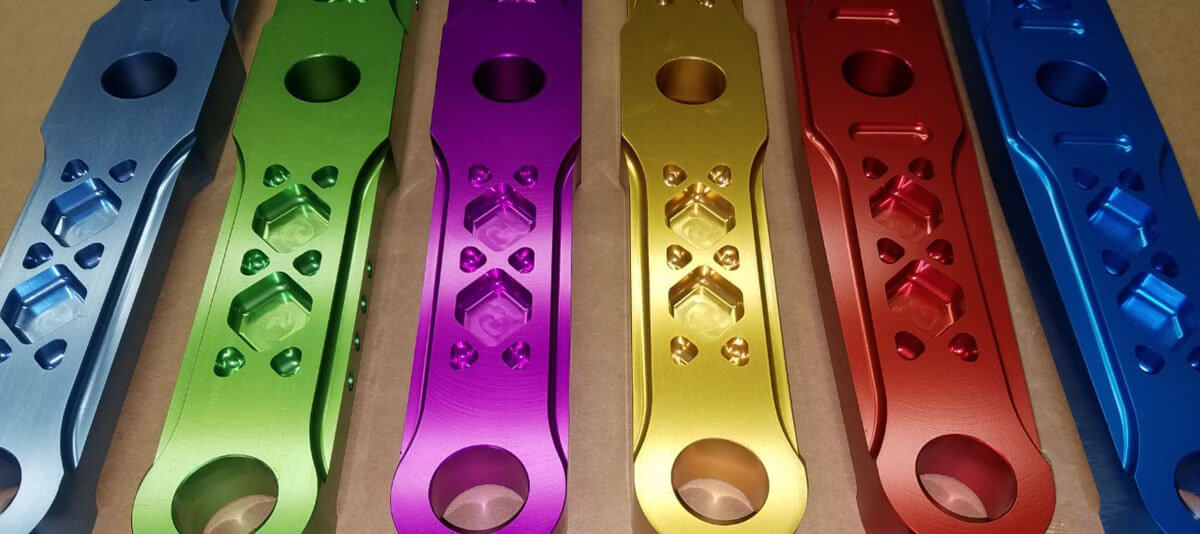
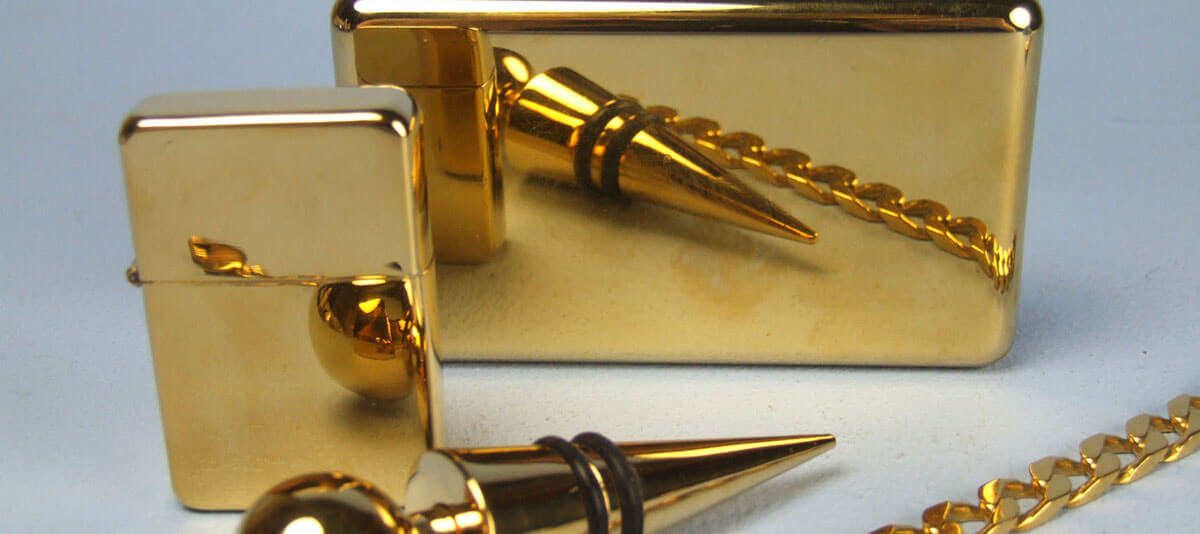
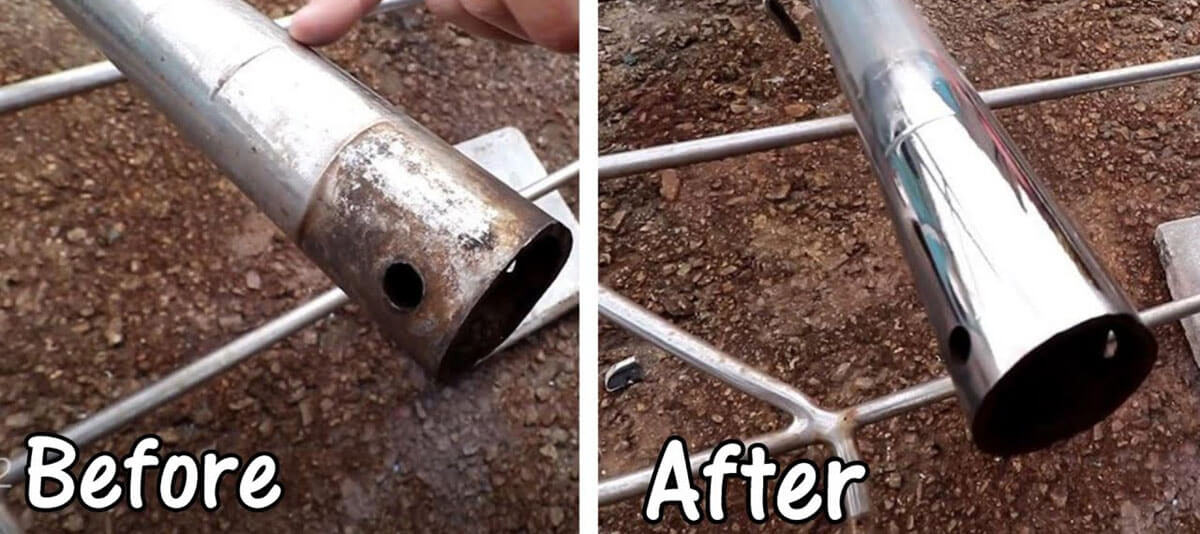
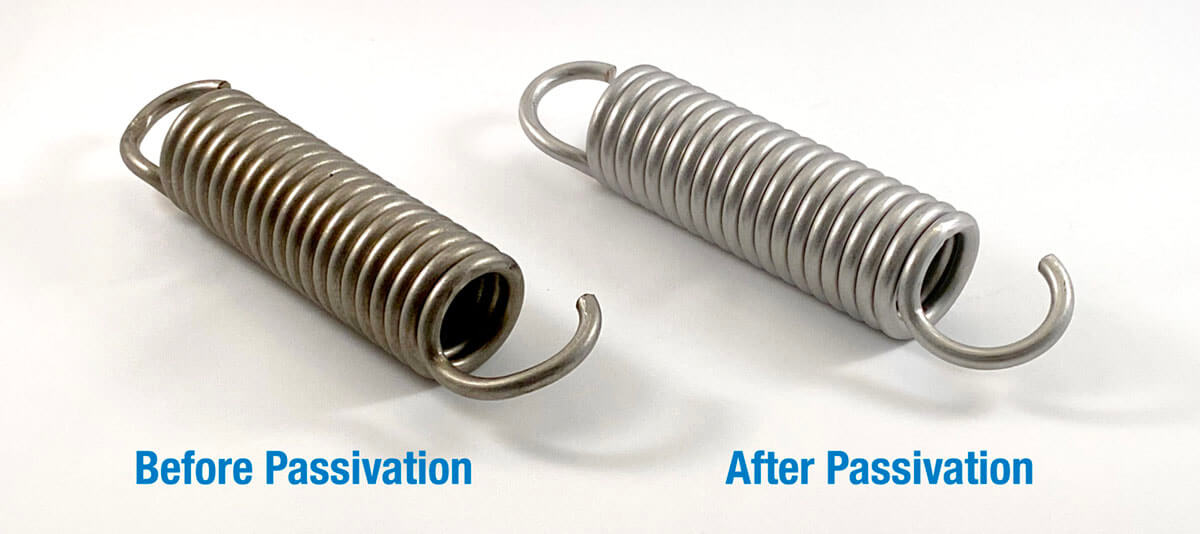
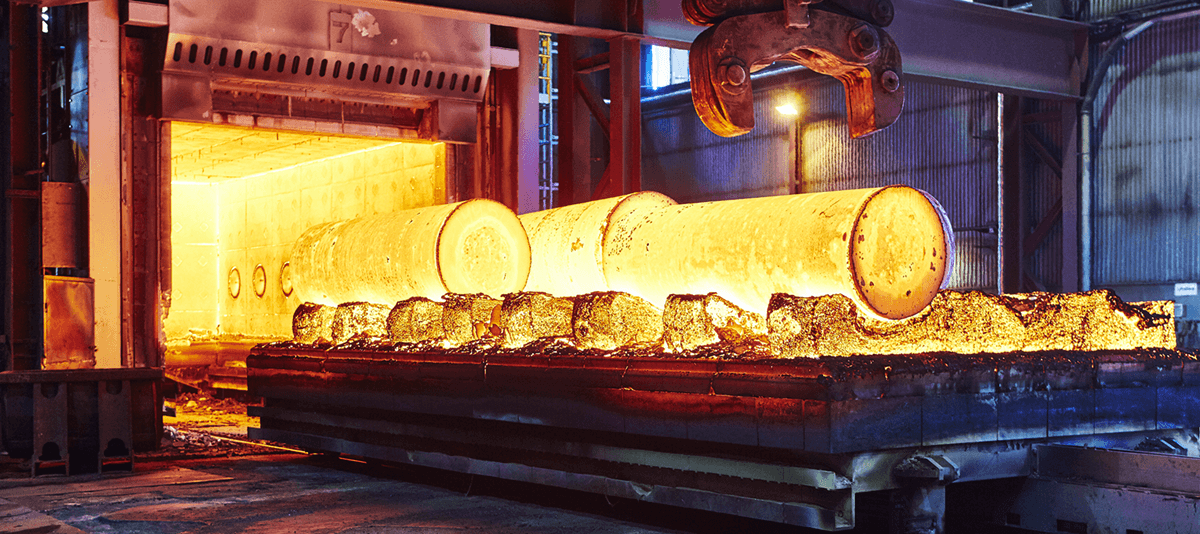
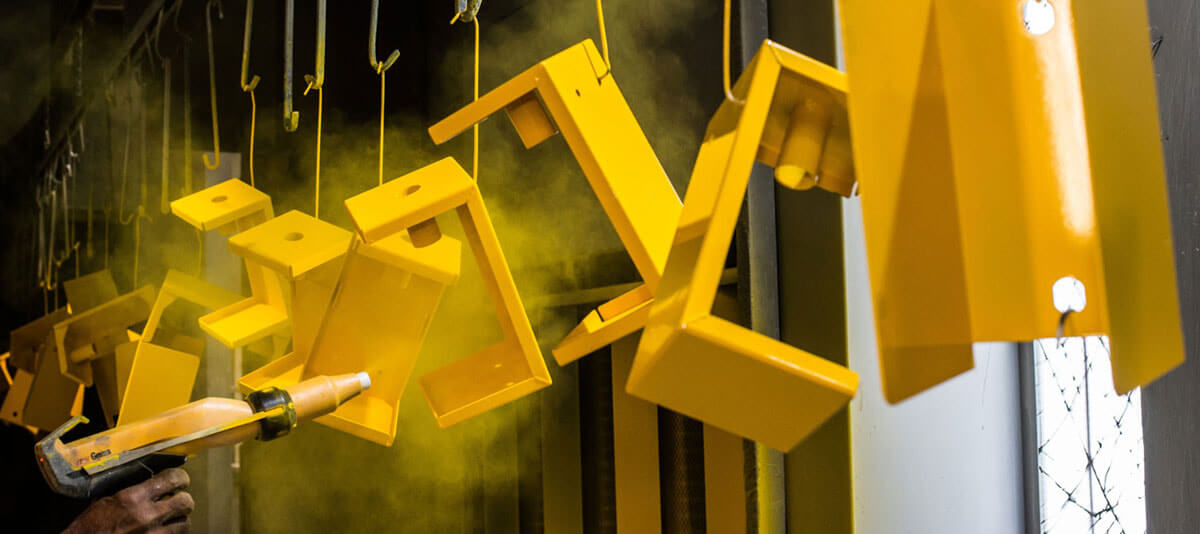
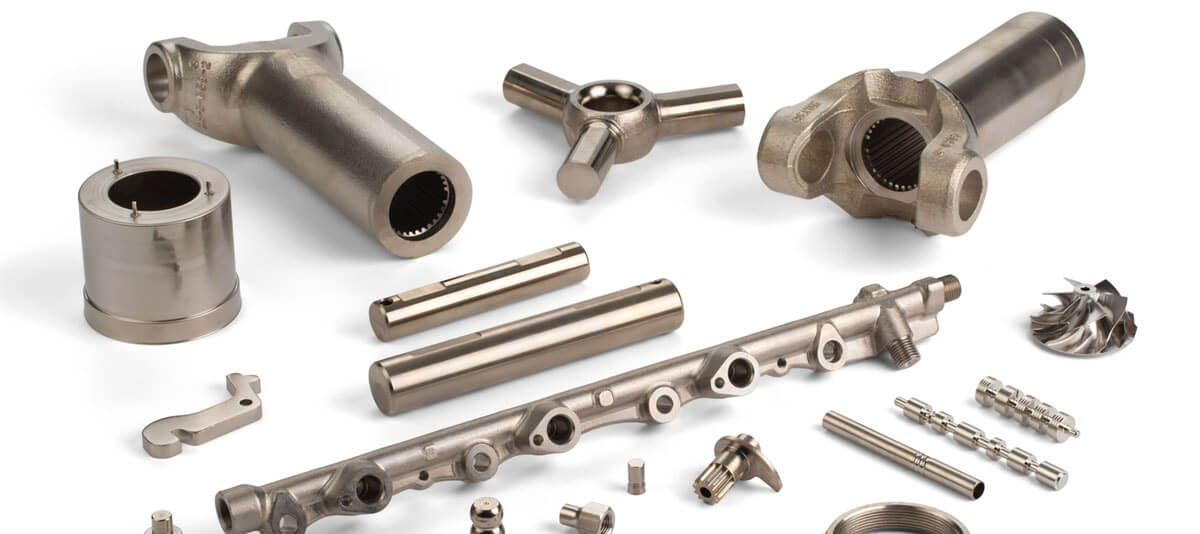
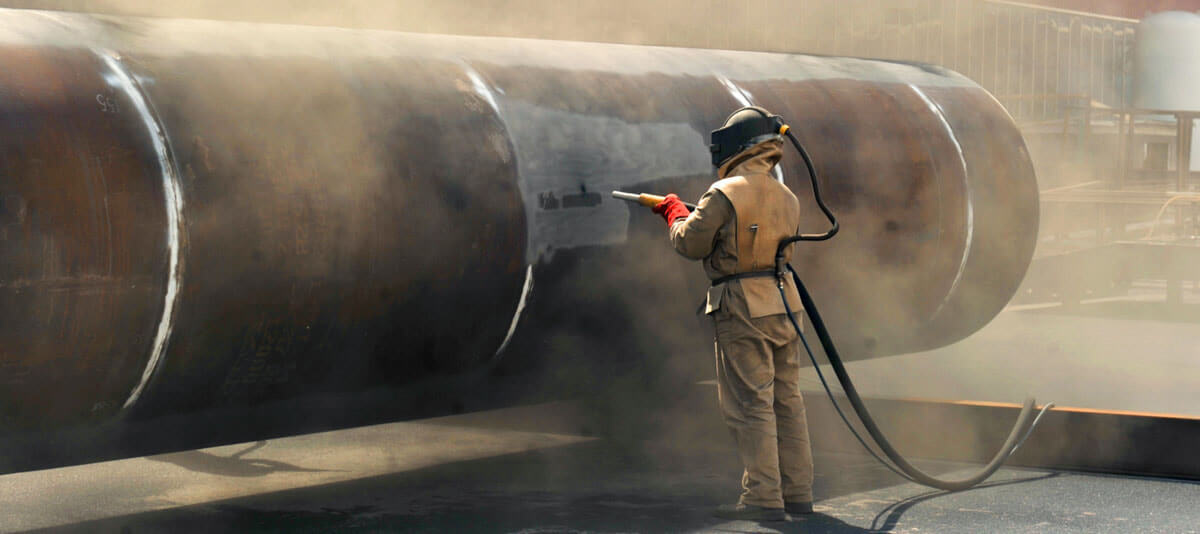
David, you wrote an excellent post! Temperature management is a crucial part of the electroplating, anodizing, and metal finishing processes. Through the use of thermal care chillers, the rectifier and tanks are kept cool throughout the process by maintaining a correct temperature and eliminating heat. However, it is crucial to remember that metal finishing operations often generate substantial amounts of thermal energy, which, if not correctly dissipated, can negatively impact the quality of completed items.